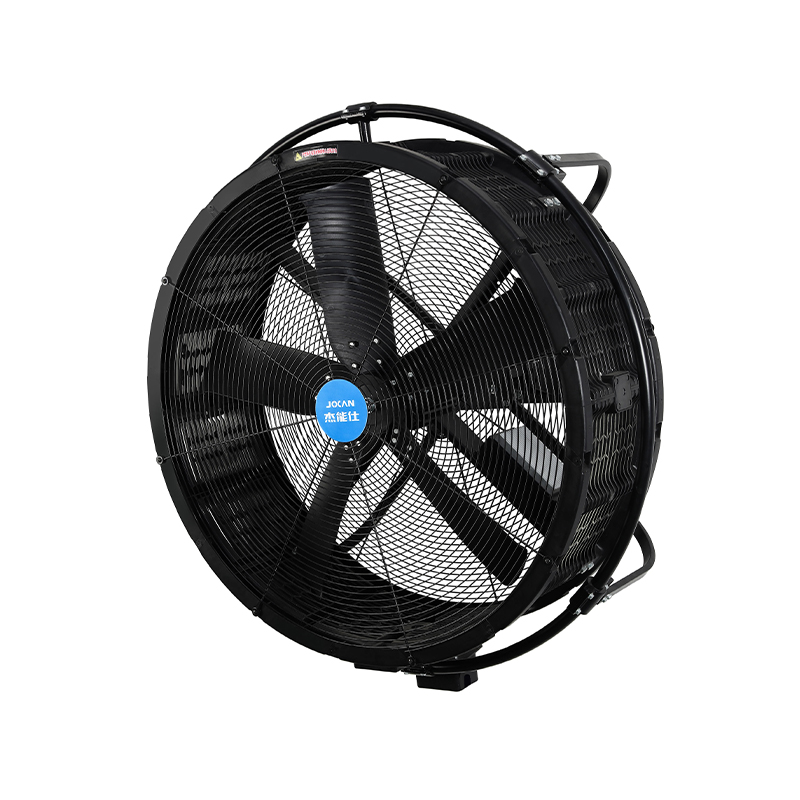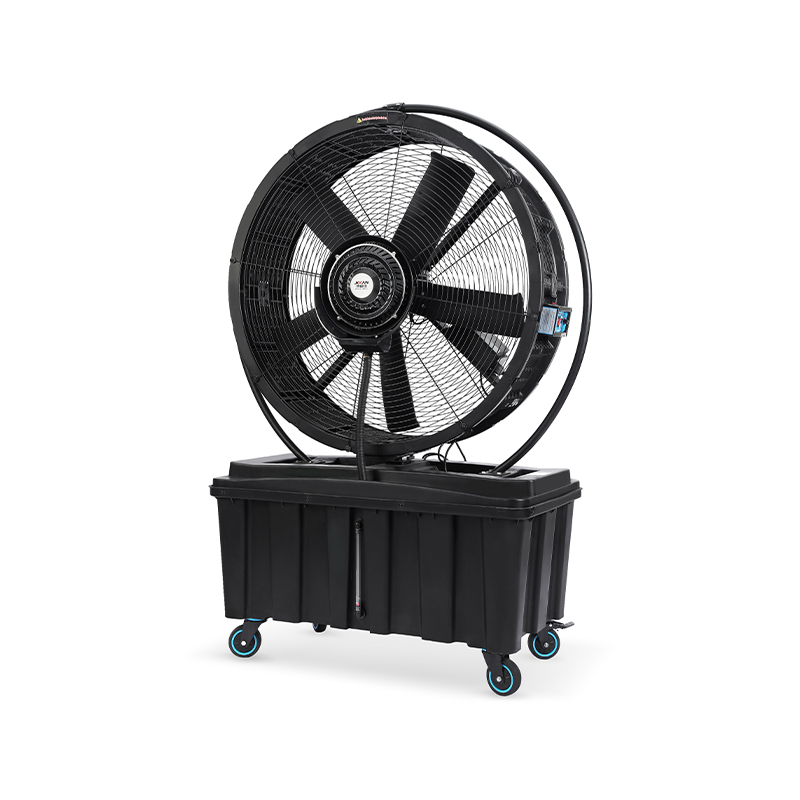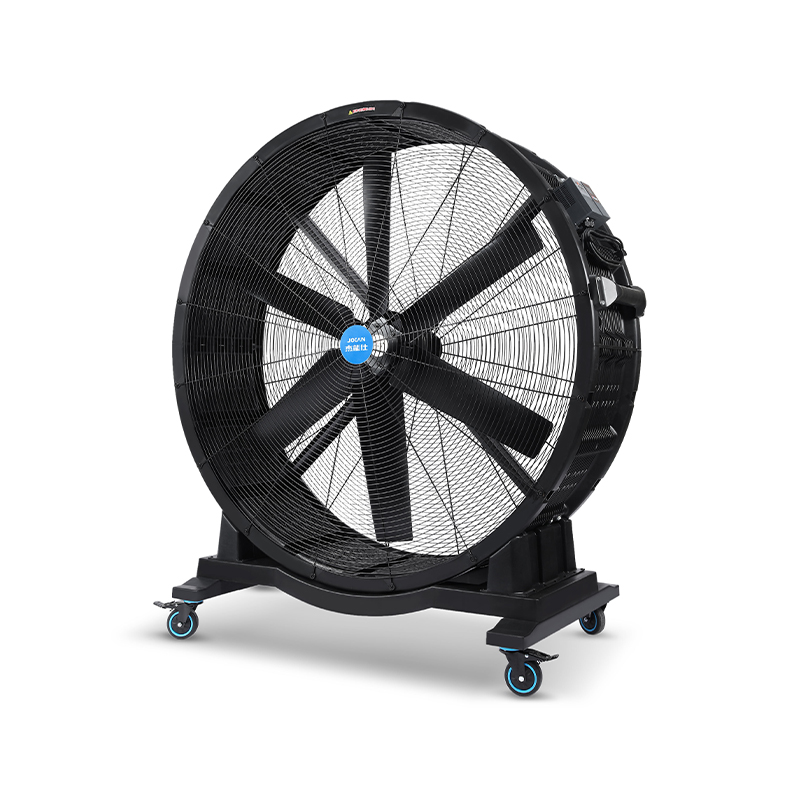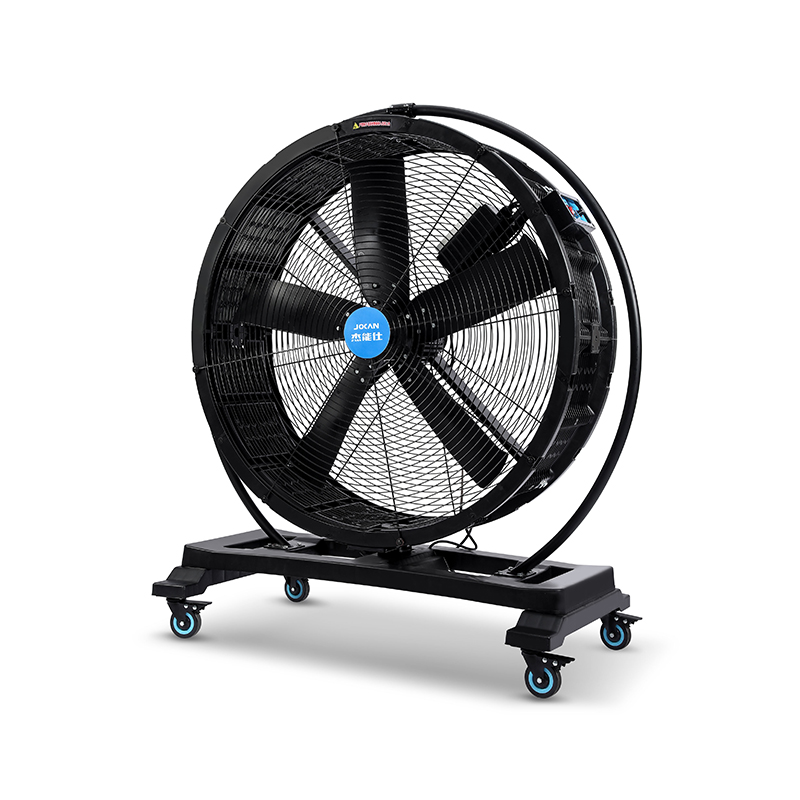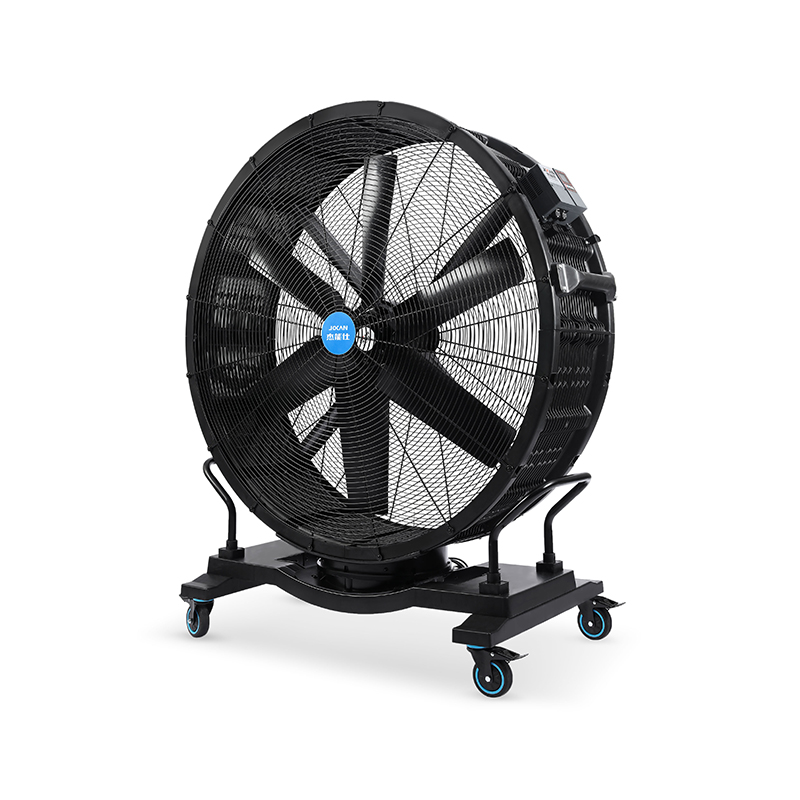Maintaining stable and efficient air circulation in server rooms is a fundamental requirement to ensure equipment longevity and consistent performance. Server rooms are typically compact spaces packed with sensitive electronic components that generate considerable heat during operation. Without adequate ventilation, heat buildup can cause hardware failures, reduced lifespan, and service interruptions. To address these challenges, several specialized air circulation solutions, including wall mounted air fans, high temp inline duct fans, and silent air curtains, play a vital role in maintaining good environmental conditions.
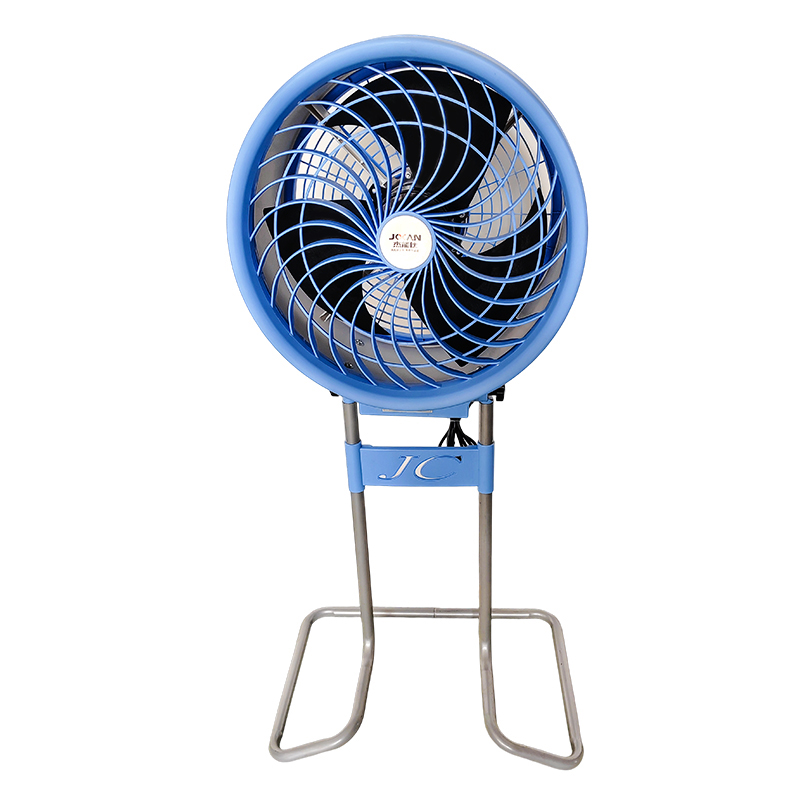
One of the lots of common approaches to managing airflow in server rooms involves the installation of a wall mounted air fan. These fans are designed to circulate air efficiently without occupying valuable floor space. Positioned strategically on walls, wall mounted air fans help direct fresh air into critical areas while expelling hot air generated by servers. This targeted circulation reduces hotspots and ensures that the temperature remains within acceptable limits. Wall mounted air fans also offer flexibility in installation height and direction, which is essential in server rooms where space constraints and equipment layouts vary widely.
In addition to wall mounted air fans, the use of high temp inline duct fans is often necessary in server rooms, especially those with complex ventilation ductwork. High temp inline duct fans are engineered to withstand elevated temperatures typically found in confined areas where heat accumulates rapidly. These fans enhance airflow through duct systems, moving heated air away from sensitive equipment to designated exhaust points. Their capacity to operate reliably under harsh thermal conditions makes high temp inline duct fans a crucial component in any server room ventilation strategy. Integrating these fans into ductwork can also help maintain balanced pressure levels, which further supports the efficient circulation of air.
Another important element to consider in server room air management is the silent air curtain. Unlike traditional fans that can generate noticeable noise, silent air curtains provide airflow with small sound disruption. In environments where noise control is a priority, such as data centers located within office buildings, silent air curtains can improve air circulation without compromising the working atmosphere. By forming an invisible barrier of air, these curtains help to separate different temperature zones, preventing the mixing of hot and cold air streams. The use of silent air curtains alongside wall mounted air fans and high temp inline duct fans creates a comprehensive airflow system that balances efficiency and comfort.
Server rooms often require tailored air circulation solutions to meet their unique operational demands. A combination of wall mounted air fans, high temp inline duct fans, and silent air curtains can address various challenges such as heat concentration, noise management, and airflow distribution. For example, wall mounted air fans can be positioned to boost airflow in tight corners, while high temp inline duct fans ensure the quick removal of heat through exhaust ducts. Silent air curtains further enhance these efforts by maintaining temperature zones and preventing the intrusion of dust or contaminants, all without adding unnecessary noise.
Regular maintenance and monitoring of air circulation equipment in server rooms are equally important to sustain reliability. Wall mounted air fans should be checked for dust buildup or mechanical wear to keep airflow steady. High temp inline duct fans require periodic inspection to confirm that they are operating within their thermal limits and that ductwork remains clear. Silent air curtains should also be tested to verify their performance and noise levels. Maintaining these components not only extends their lifespan but also ensures that server rooms remain cool and stable, preventing costly downtime.
Furthermore, advances in control systems have improved how wall mounted air fans, high temp inline duct fans, and silent air curtains operate in server rooms. Integration with environmental sensors and automated controls allows for real-time adjustments to airflow based on temperature and humidity levels. This dynamic management helps optimize energy use by increasing fan speeds only when necessary and maintaining quieter operation otherwise. Such intelligent systems contribute to a reliable air circulation environment that adapts to fluctuating server loads and ambient conditions.
In summary, ensuring reliable air circulation in server rooms involves careful consideration of ventilation components like wall mounted air fans, high temp inline duct fans, and silent air curtains. Each plays a specific role in managing airflow, heat removal, and noise reduction. Together, they form a balanced system capable of supporting the demanding needs of modern server infrastructure. By combining effective equipment placement, regular maintenance, and smart controls, server rooms can maintain stable temperatures and consistent airflow, safeguarding critical electronics and promoting uninterrupted operation.
 Add: Plot 23, Huanglang Industrial Zone, Jinqing Town, Luqiao District, Taizhou City, Zhejiang Province
Add: Plot 23, Huanglang Industrial Zone, Jinqing Town, Luqiao District, Taizhou City, Zhejiang Province
 TEL: +86-13586083215
TEL: +86-13586083215

 English
English English
English عربى
عربى 한국어
한국어


